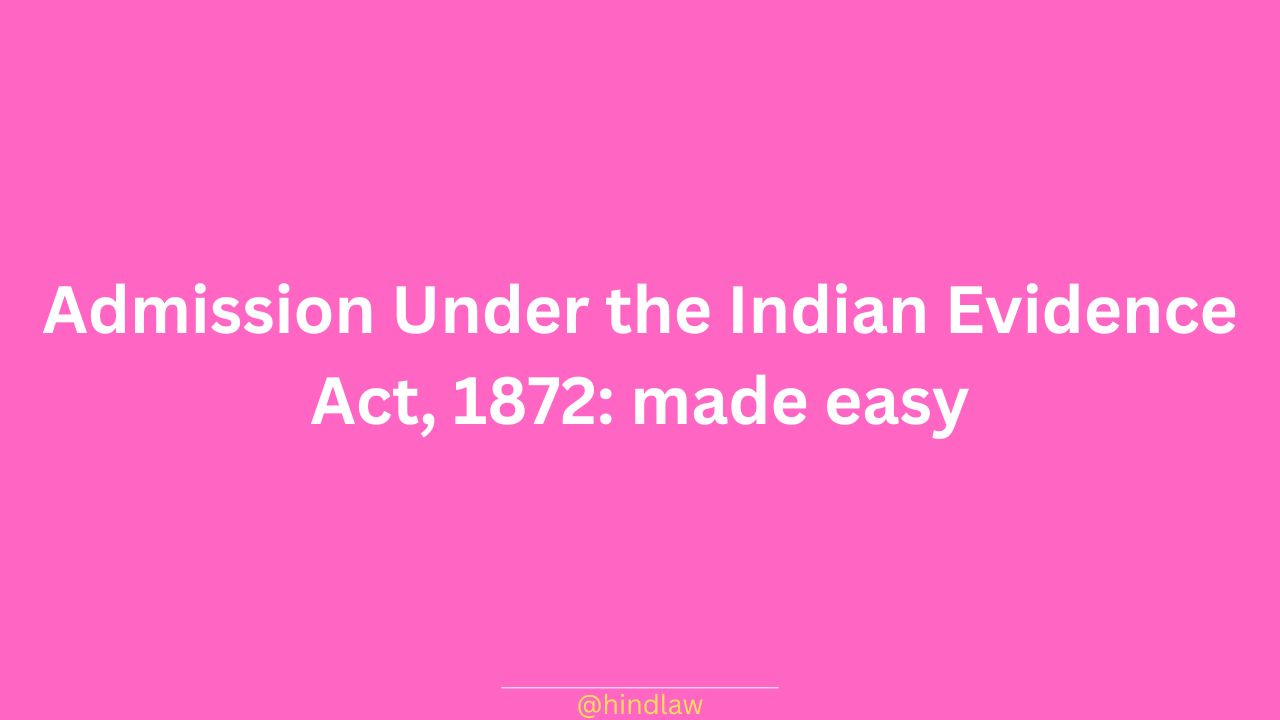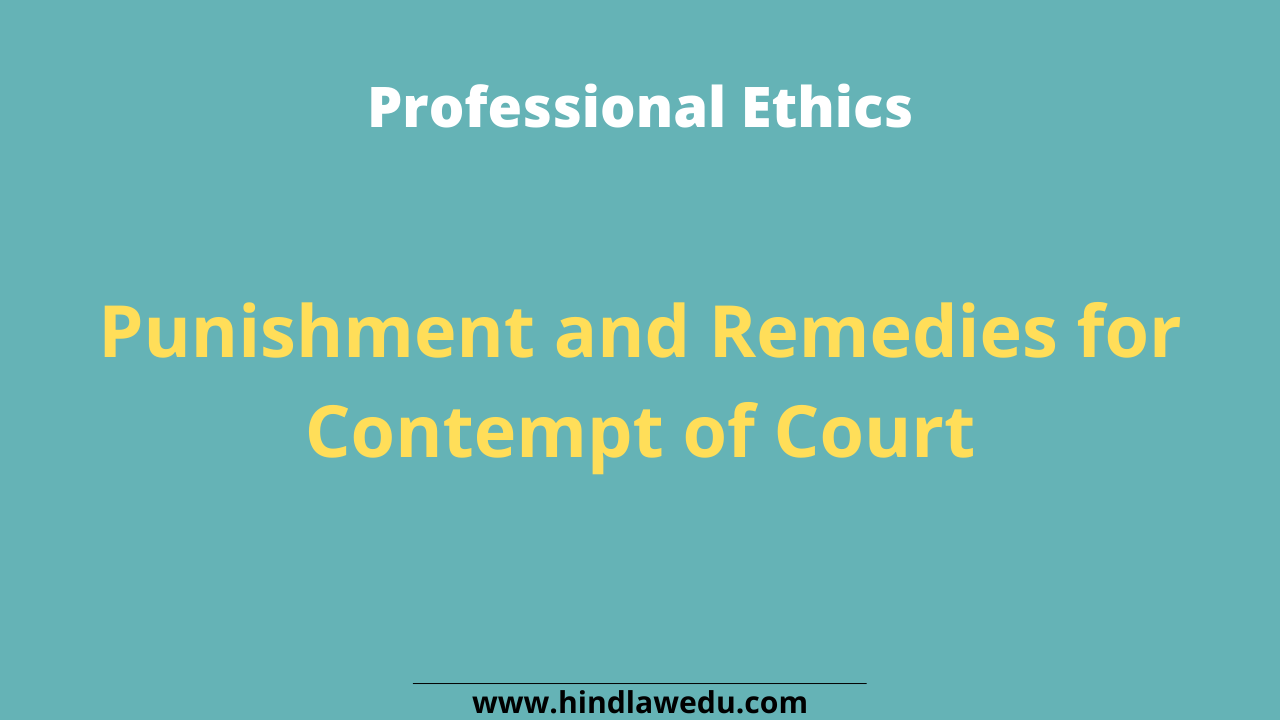Table of Contents
Introduction
Property can be categorized into two parts i.e. movable and immovable. Any offence which is committed against either of the two is punishable under the Indian Penal Code, 1860. And these offences are given in chapter 17 of the Indian Penal Code which covers Section 378 to Section 462. And these offences are theft, extortion, robbery and dacoity, criminal misappropriation of property, criminal breach of trust, receiving of stolen property, cheating, mischief and criminal trespass. Let’s discuss in details.
Theft : Section 378 – 382
It is defined under Section 378 of IPC, When a person intends to dishonestly take any moveable property out of the possession of any other person without his/her consent, moves that property in order to take it, such taking is said to commit theft. In simple terms, when a person takes away the property from the possession of an individual who is in charge without his consent amounts to theft.
Essential Ingredients of Theft
- Dishonest Intention to take property
- The property must be movable
- The property should be taken out of the possession of another individual
- The property taken without the consent of that person
- movement of the property is necessary in order to accomplish the taking of it.
Dishonest Intention – intention is the essence of the offence of theft. Intention must be dishonest and the intention to take dishonestly must exist at the time of moving/taking of the property. A key factor for dishonest intent is doing any act knowingly. If the property is taken out of possession without any dishonest intention i.e. without the intention of causing wrongful loss or wrongful loss to anyone, it is not theft.
For example, If you take the bike keys of your neighbor, knowing that it belongs to him, then that’s theft but if you took it thinking it’s your own then that’s not theft because there is no ‘dishonesty’ here.
Movable property – Property subjected to theft must be movable. Things attached to the land may become movable property by cutting.
For Example, Akash cuts down a tree on Ram’s ground dishonestly with the intention of taking the tree out of Ram’s possession without his consent. Here as soon as Akash has detached the tree from the ground in order to take it, he has committed theft.
Taking out of the possession of another person – Any property which is stolen should be in possession of another person. Until the property is removed, no offence has been committed.
For example, Yash finds a phone which belongs to Ram on a sofa in his house. A mobile phone was in the possession of Ram; if Yash removes it dishonestly, he commits theft. Here, the phone was in Ram’s possession.
Rakesh v. State of NCT of Delhi
In this case, the Hon’ble court held that the mere intention of the offender to take property dishonestly out of the possession of a person without his consent is no offence. Until the property is removed, no offence has been committed. The actual removal of property from another person’s possession is necessary, as mentioned in Section 378 of IPC.
Taking without consent – In order to constitute theft, the property must have been taken without the consent of the person who has possession of it. Consent may be implied or expressed. The offence will take place when the offender takes the property dishonestly and without the consent of that person.
K.N. Mehra v. the State of Rajasthan
In this case, the Supreme Court held that proof of intention to cause permanent deprivation (हानि) of property or to obtain wrongful gain is not necessary for the purpose of proving dishonest intention. Absence of a person’s consent to whom the property belongs at the time of moving it and the presence of dishonest intention at the time of taking that property are the essentials to commit theft.
Movement of property – The offence of theft is complete when there is dishonest moving of the property. The least removal of the thing taken from the place where it was before, amounts to taking, though it may not be carried off. It is not necessary that the property should be removed out of the owner’s reach or carried away from the first place in which it was found.
Punishment for the offence of Theft
The punishment for committing theft in the Indian Penal Code is mentioned under Section 379 of the Code as whoever commits theft shall be punished with imprisonment of either description for a term which may extend to 3 years, or with fine, or with both.
Extortion : Section 383
It is defined under Section 383 of the Indian Penal Code. Whoever intentionally puts any person in fear of any injury to that person, or to any other, and thereby dishonestly induces the person so put in fear ‘to deliver’ to any person any property or valuable security, or anything signed or sealed which may be converted into a valuable security, commits “extortion”.
Main Ingredients
- Intentionally putting a person in fear of injury to either himself or others
- Dishonest inducement to the person to deliver a valuable property or security to any other person.
Illustrations –
i) if X threatens Y that he will kill her husband if she fails to pay Rs 1 crore. This is a case of extortion against X.
ii) Arman threatens Zen that he will keep Zen’s child in wrongful confinement unless Zen will sign and deliver to A, a promissory note binding Zen to pay 1 lakh to Arman. Z signs and delivers the note. Arman has committed extortion.
Note: Movable and immovable property both are covered under extortion.
Punishment
Section 384 contains the punishment for extortion. Whoever commits extortion shall be punished with imprisonment of either description for a term which may extend to 3 years, or with fine, or with both.
Robbery : section 390
In all robbery there is either theft or extortion.
When theft is robbery – Theft is “robbery” if, in order to the committing of the theft, or in committing the theft, or in carrying away or attempting to carry away property obtained by the theft, the offender, for that end, voluntarily causes or attempts to cause to any person death or hurt or wrongful restraint, or fear of instant death or of instant hurt, or of instant wrongful restraint.
Thus, theft becomes robbery when the following conditions are satisfied;
i) When the offender voluntarily causes or attempts to cause;
- Death, wrongful restraint or hurt or
- Fear of instant death, instant wrongful restraint or instant hurt.
ii) And the above act(s) is done;
- While committing the theft
- To commit the theft
- While carrying away the property obtained by theft or
- While attempting to carry away property obtained by theft.
For example: A holds Z down and fraudulently takes Z’s money and jewels from Z’s clothes without Z’s consent. Here A has committed theft, and by committing that theft, has voluntarily caused wrongful restraint to Z. A has therefore committed robbery.
When extortion is robbery – Extortion is “robbery” if the offender, at the time of committing the extortion, is in the presence of the person put in fear, and commits the extortion by putting that person in fear of instant death, of instant hurt, or of instant wrongful restraint to that person or to some other person, and, by so putting in fear, induces the person so put in fear then and there ‘to deliver’ up the thing extorted.
Thus, extortion becomes robbery when the following conditions are satisfied –
1. When a person commits extortion by putting another in fear of instant death, wrongful restraint or hurt.
2. Then the offender induces the person under such fear ‘to deliver the property’ at that very instant; then and there.
3. The offender is in the near presence of such a person put in fear at the time of extortion.
Illustration: A meets Z with his child on the high road. A takes the child and threatens to throw him down a rock unless Z delivers his purse. Z, in consequence, delivers his purse. Here A has extorted the purse from Z, by causing Z to be in fear of instant harm to the child who is present. A has therefore robbed Z.
However, if A obtains property from Z by saying, “Your child is in the hands of my gang, and will be put to death unless you send us 1 lakh rupees.” This is extortion, and punishable as such; but it would not be robbery unless Z is put in fear of the instant death of his child.
In the case of Sikander vs State of Bihar, it was held that where the accused attacked his victim by knife many times and succeeded in acquiring the ear rings and key from the string of her salwar, he will be punished under this section because of the presence of hurt.
Punishment for robbery : Section 392
The punishment for robbery is given under Section 392 of the Indian Penal Code, 1860. By this section, any person who commits robbery shall be punished with rigorous imprisonment which may be extended up to 10 years and shall also be liable to pay a fine.
If the robbery is committed on the highway between sunset and sunrise, then the period of imprisonment may be extended up to 14 years.
Dacoity : section 391
When five or more persons conjointly commit or attempt to commit a robbery, or where the whole number of persons conjointly committing or attempting to commit a robbery, and persons present and aiding such commission or attempt, amount to five or more, every person so committing, attempting or aiding, is said to commit “dacoity”.
Ingredients
1) The accused commit or attempt to commit robbery
2) The Persons committing or attempting to commit robbery and persons present and aiding must not be less than five.
3) All such persons should act conjointly
Illustration: a gang of five dacoits, one of whom had a gun, raided the house. After looting, while they were running away with their loot, one of them who had a gun shot down one villager. It was held that the murder committed by the dacoits while carrying away the stolen property was murder committed in the commission of dacoity, and every offender was therefore liable for the murder.
Note: Ordinary, preparation to commit an offence is not punishable but dacoity is one of the few exceptions where preparation is punishable.
Punishment for Dacoity :
Section 395 of the Indian Penal Code prescribes punishment for dacoity. It says that, whoever commits dacoity shall be punished with imprisonment for life, or with rigorous imprisonment for a term which may extend to 10 years, and shall also be liable to fine.
Criminal Misappropriation of Property : section 403
Whoever dishonestly mis-appropriates or converts to his own use, any movable property, shall be punished with imprisonment of either description for a term which may extend to 2 years, or with fine, or with both.
Ingredients To establish the offence of misappropriation following ingredients have to be satisfied –
(i) the defendant embezzled property and converted the property to his use.
(ii) he does so dishonestly.
(iii) the property is movable; and
(iv) the movable property belonged to the complainant
In the case of Ramaswami Nadar v. State of Madras, the Supreme Court held that the words used in section 403 such as ‘converts to his own use’ necessarily connotes that the accused has used or dealt with the property in derogation of the rights of the owner of the property.
Illustration: A, being on friendly terms with Z, goes into Z’s library in his absence, and takes away a book without Z’s consent to take the book for the purpose of reading it, A has not committed theft. But, if A afterwards sells the book for his own benefit, he is guilty of an offence under this section.
Note: Criminal Misappropriation of property is distinguished from the offence of theft. The offence of theft and criminal misappropriation of property have the aspect of dishonesty in common. But in case of theft mere moving of the property from the possession of owner is sufficient to constitute the offence, whereas, to prove the offence of criminal misappropriation of property the intention of the accused to convert or misappropriate the property so dishonestly taken into possession should also be established.
Criminal Breach of Trust : section 405
In simple words, criminal breach of trust means that there were at least two parties, one of whom entrusted his property to others. And the other person dishonestly misappropriated or used or converted or disposed of that property.
Here the word ‘property’ is not limited and would include both moveable and non-moveable property (refer R.K. Dalmia v. Delhi Administration [AIR 1962 SC1821]).
As per section 405, the following are the essential ingredients of the offence of criminal breach of trust –
- That the person who is accused was entrusted with the property or had dominion (sovereignty or control) over the property.
- That the accused dishonestly misappropriated or converted to his own use or dishonestly used or disposed of the property.
Thus, we can say that the essential ingredients of the offence are ‘entrustment’ and ‘dishonest misappropriation’.
Entrustment
Entrustment of property means creating a fiduciary relationship between the owner and the trustee (accused) where;
- The owner may transfer the possession of the property to the accused but retains the ownership or proprietary rights.
- This transfer of possession is for some specific purpose out of faith and trust that the transferor has over accused.
- The transfer must be done by free will and not under any pressure.
It is not necessary that the property is entrusted to the accused by the owner himself. It can be entrusted by some other person as well (refer Somnath puri v. state [AIR 1972 SC1490]).
Note: The domain over property means control over the property. The accused was in charge of the property and enjoyed control over the property. For instance, the director of a company has domain over the property because of his position in the company. In case of a partnership, a partner does not have domain over the firm’s property unless there is an entrustment of the domain through a special contract between the partners.
Punishment for Criminal Breach of Trust
According to Section 406, the punishment for this offence is imprisonment up to 3 years or fine or both.
Also Read:
4 Stages of Crime under Indian Penal Code (Simplified)
General Explanations under the IPC (Section 6-52A)















